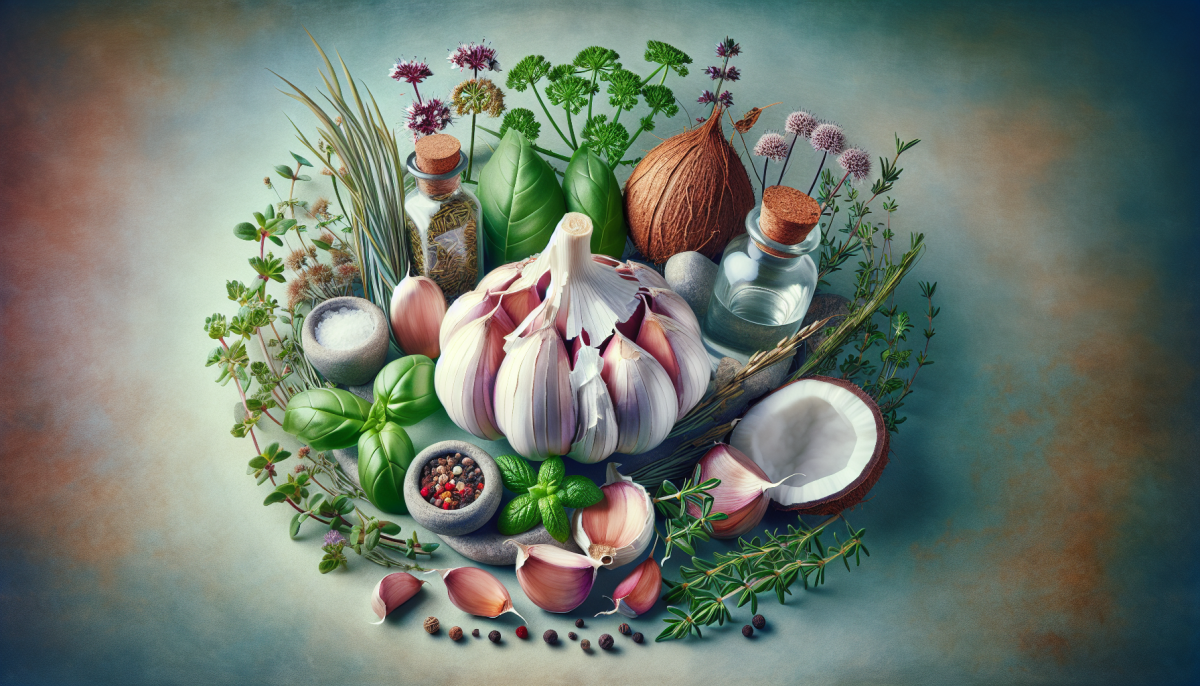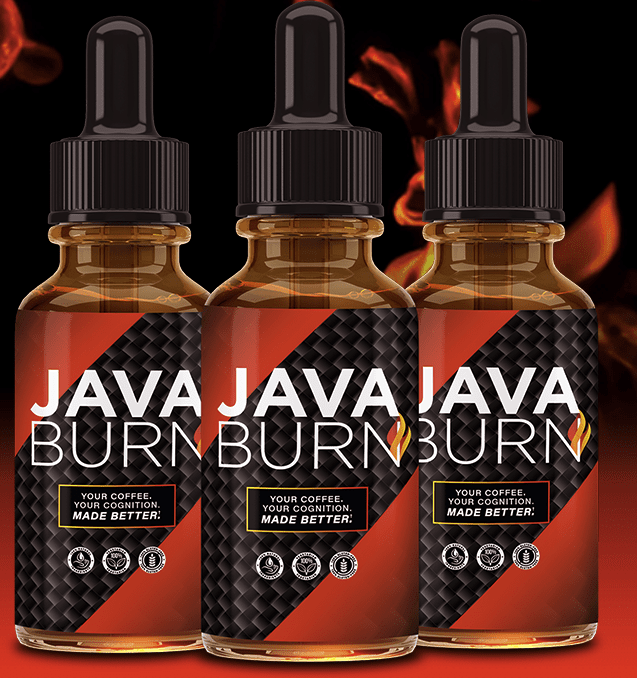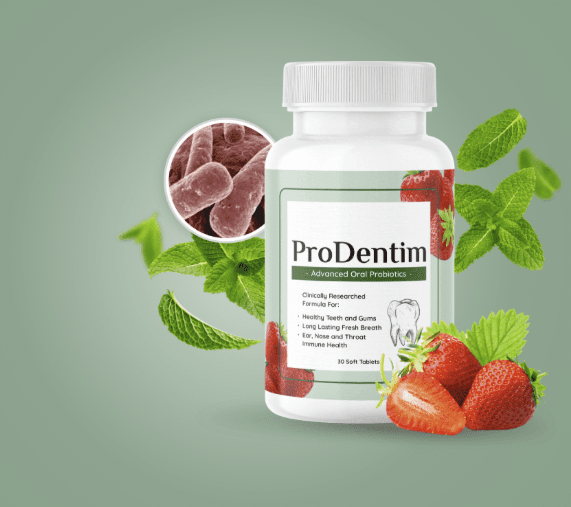Candida is a type of yeast that is naturally present in our bodies, particularly in the gut, mouth, and skin. Under normal circumstances, it coexists peacefully with other microorganisms. However, certain factors can lead to an overgrowth of this yeast, resulting in various health issues. Factors contributing to Candida overgrowth include a diet high in sugar, excessive antibiotic use, and a weakened immune system. When this happens, the balance of good and bad bacteria is disrupted, leading to potential health problems that many people may not even realize are linked to Candida.
The effects of Candida overgrowth can vary widely, affecting different parts of the body. Common symptoms include fatigue, bloating, digestive issues, and skin irritations. Some people may even experience mood swings, headaches, or recurrent yeast infections. These symptoms are often dismissed or attributed to other causes, but understanding the underlying issue can be crucial for effective treatment. This is where approaches like "Yeast Infection No More" come into play, offering natural solutions to reclaim balance within the body.
Many are surprised to learn that lifestyle choices play a significant role in managing Candida levels. Diet is a key factor; reducing sugar intake and incorporating antifungal foods can help curb overgrowth. Additionally, stress management and adequate sleep are essential for a healthy immune system. By adopting a holistic approach to wellness and considering natural remedies such as those suggested in the "Yeast Infection No More" program, individuals can take control of their health and combat the effects of Candida in a safe and sustainable way.
Natural Remedies for Yeast Infections
When it comes to addressing yeast infections, many people are turning to natural remedies as a gentle and effective way to alleviate symptoms and restore balance. One of the most popular approaches is to incorporate probiotics into your diet. Probiotics are beneficial bacteria that can help to combat the overgrowth of Candida, the yeast responsible for infections. Foods like yogurt, kefir, and fermented vegetables are great sources of probiotics that can support a healthy microbiome.
Another natural remedy for fighting yeast infections is garlic. This powerful bulb has antifungal properties that may help to hinder the growth of Candida. You can consume garlic raw, add it to your meals, or even look for dietary supplements. Additionally, applying diluted garlic oil topically can provide soothing relief to irritated areas affected by the infection.
Tea tree oil is also worth considering when searching for natural solutions to yeast infections. Its antifungal properties make it a popular choice among those looking for alternatives to conventional treatments. Adding a few drops of tea tree oil to a warm bath or mixing it with a carrier oil for topical application may help to reduce discomfort and promote healing.
For those following the "Yeast Infection No More" program, it’s essential to focus on a balanced and nutrient-rich diet. Reducing sugar intake, which feeds yeast, is crucial. Ensure that your meals are filled with whole foods like vegetables, lean proteins, and healthy fats. This diet can make a significant difference in managing yeast infections naturally while enhancing overall health.
Dietary Changes to Support Healing
Dietary changes are a crucial step in the journey towards overcoming candida overgrowth and supporting your body's natural healing processes. By making intentional adjustments to your diet, you can create an environment that discourages yeast proliferation. To start, consider eliminating sugar and refined carbohydrates, as these are the primary fuel sources for candida. Foods like white bread, pasta, and sugary snacks can exacerbate your symptoms and hinder recovery.
In addition to cutting out sugar, increasing your intake of whole, nutrient-dense foods is essential. Focus on incorporating plenty of fresh vegetables, particularly leafy greens, which are packed with vitamins and minerals that support your immune system. Fruits should be limited, especially high-sugar varieties like bananas and grapes, but low-sugar options like berries can still be enjoyed in moderation. Pairing vegetables with healthy fats, such as avocados and olive oil, can also help you feel satiated while nourishing your body.
Next, it's important to include foods rich in probiotics in your diet. Probiotics are beneficial bacteria that help restore balance in your gut microbiome, which can be disrupted by candida overgrowth. Foods such as yogurt, kefir, sauerkraut, and other fermented products can support this balance. Many people find that embracing these dietary adjustments as part of the “Yeast Infection no more” approach helps them reclaim their health and vitality, providing a powerful foundation for lasting healing.
Finally, consider the power of anti-inflammatory foods. Ingredients like garlic, ginger, turmeric, and green tea possess natural antifungal properties that can further assist in your recovery. Spicing up your meals with these ingredients not only enhances flavor but also provides your body with essential compounds that combat inflammation and support overall wellness. By embracing these dietary changes, you're taking significant steps toward conquering candida naturally and improving your overall health.
Lifestyle Tips for Lasting Recovery
Embarking on a journey to conquer Candida can be life-changing, but maintaining that victory requires lifestyle adjustments that support your recovery. One of the first steps is to focus on a balanced diet. Incorporating whole, unprocessed foods into your meals will provide the nutrients your body needs to fight off yeast overgrowth. Aim for plenty of fresh vegetables, lean proteins, and healthy fats while avoiding sugary and refined foods that feed yeast. This new approach will help create a healthier environment in your gut, promoting lasting recovery.
Another essential tip for lasting recovery is to stay hydrated. Drinking enough water throughout the day is crucial for flushing out toxins and supporting your body’s natural detoxification processes. Herbal teas can also be beneficial, particularly those with anti-fungal properties like ginger or peppermint. Make it a habit to keep a water bottle handy to encourage regular hydration, which is a simple yet effective way to enhance your journey towards health.
Incorporating regular physical activity into your routine is also vital. Exercise not only boosts your immune system, but it can also improve mood and reduce stress—factors that can contribute to Candida overgrowth. Aim for at least 30 minutes of moderate exercise each day, whether it’s a brisk walk, yoga, or any activity that you enjoy. Integrating movement into your daily life will support your recovery and overall well-being.
Lastly, consider the role of stress management techniques in your recovery process. Chronic stress can lead to hormonal imbalances and weaken your immune system, making it harder to maintain your health. Practices such as mindfulness, meditation, or deep breathing exercises can be incredibly beneficial. Take time each day to unwind and connect with yourself; finding moments of peace can greatly enhance your journey to conquer Candida naturally. Remember, Yeast Infection No More is about creating a holistic lifestyle that supports your body’s fight against yeast overgrowth.
Try The Yeast Infection No More Program
Affiliate Disclaimer:
Please note that some of the links included in this article are affiliate links. This means that I may earn a commission if you make a purchase through these links. However, please rest assured that this comes at no additional cost to you. I only recommend products and services that I believe will add value to my readers. Your support through purchasing via these links helps to keep this website running and allows me to continue providing valuable content. Thank you for your support!






